In 2017, NASA’s Cassini probe returned the most recent images of Saturn as it plunged into the planet’s stormy atmosphere and obtained astonishing information. What if humans explored Saturn?
Saturn is 1.2 billion km from Earth, with today’s spacecraft technology, it will take about 8 years to make the trip. Finally, you arrive and see Saturn with your own eyes, which is a giant planet, the second largest in the solar system and 760 times the size of Earth.
Saturn belt
Trying to come here but ignoring Saturn’s belt is flawed. This belt is as wide as the distance between the Earth and the Moon, they look like a giant solid disc but on approach this belt is made up of millions of icicles, some as small as dust, others as big. only buses. To go around this belt, you have to travel a distance of 12 million km approximately 15 times from the Earth to the Moon. Along the way you will come across small moons.
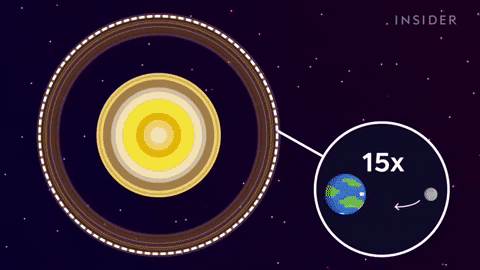 Saturn’s belt is as wide as the distance between the Earth and the Moon.
Saturn’s belt is as wide as the distance between the Earth and the Moon.
The material here slowly separates from the belt, toward Saturn forming meteor showers. It turns out that Saturn’s magnetic field is pulling the belt material towards the planet, so it is lucky that we are visiting Saturn now, because in about 300 million years this belt will be gone.
In the planet
We’re going to head towards Saturn and land at the North Pole, but wait, there’s no land below to land. Saturn is composed almost entirely of hydrogen and helium, which is why it is known as a gas giant. We reach Saturn’s atmosphere about 4,000 kilometers above the surface. Crossing the North Pole, we will admire a beautiful dawn. Saturn’s magnetic field generates large currents, which heat the atmosphere at the poles, which can disrupt the ship’s navigation systems and electronics.
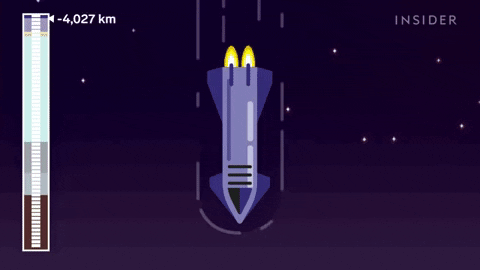 Then we will reach the troposphere 250 km from the surface. Be careful, strong winds can hit us at speeds of nearly 400 m / s. Three times faster than the strongest storms on the planet. Around us, dense yellow clouds are also the dominant color of this planet. They are filled with ammonia. Ideally you should close the door tightly, the ammonia is very uncomfortable and can wreak havoc on your respiratory system. And yet the temperature here is -250 degrees Celsius, much colder than the East Antarctic Plateau (-100 degrees C) – the coldest place on Earth. Now let’s go down a little warmer.
Then we will reach the troposphere 250 km from the surface. Be careful, strong winds can hit us at speeds of nearly 400 m / s. Three times faster than the strongest storms on the planet. Around us, dense yellow clouds are also the dominant color of this planet. They are filled with ammonia. Ideally you should close the door tightly, the ammonia is very uncomfortable and can wreak havoc on your respiratory system. And yet the temperature here is -250 degrees Celsius, much colder than the East Antarctic Plateau (-100 degrees C) – the coldest place on Earth. Now let’s go down a little warmer.
 Now that we have reached the surface of the planet, which is covered with a mixture of steam and ammonia, the temperature is 0 degrees Celsius. Hopefully they don’t shatter our ship into pieces, if we pass we will reach the next floor.
Now that we have reached the surface of the planet, which is covered with a mixture of steam and ammonia, the temperature is 0 degrees Celsius. Hopefully they don’t shatter our ship into pieces, if we pass we will reach the next floor.
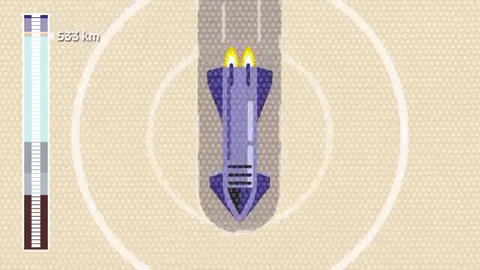 After having traveled 1000 km inland. The pressure here is so high that it forces the hydrogen molecules to compress into liquid, which is not at all good, as even the most durable submarine would be crushed under these conditions.
After having traveled 1000 km inland. The pressure here is so high that it forces the hydrogen molecules to compress into liquid, which is not at all good, as even the most durable submarine would be crushed under these conditions.
 After the layer of liquid hydrogen is the layer of liquid metallic hydrogen located at a depth of 30,000 km inland. The problem here is that metals can conduct electricity, so even if our locators and electronics knock out auroras on the top floor, they certainly won’t stay intact at that level.
After the layer of liquid hydrogen is the layer of liquid metallic hydrogen located at a depth of 30,000 km inland. The problem here is that metals can conduct electricity, so even if our locators and electronics knock out auroras on the top floor, they certainly won’t stay intact at that level.
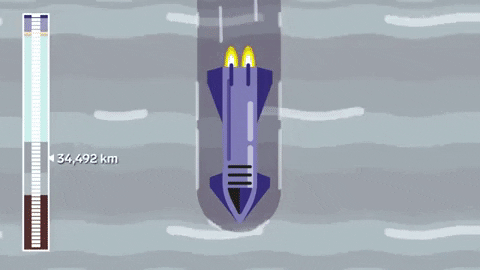 But if we can survive, the last stop we can explore is the heart of Saturn. Scientists suspect that Saturn has a core made of iron and nickel, but they are not sure whether it is as liquid or solid as Earth’s. We will therefore be the first lucky ones to find out once and for all.
But if we can survive, the last stop we can explore is the heart of Saturn. Scientists suspect that Saturn has a core made of iron and nickel, but they are not sure whether it is as liquid or solid as Earth’s. We will therefore be the first lucky ones to find out once and for all.
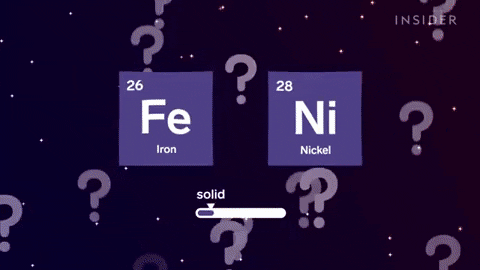 However, the temperature here is over 83,000 degrees Celsius, hotter than the surface of the Sun, and easily dissolves the spacecraft and crew. I think we should go back when we can!
However, the temperature here is over 83,000 degrees Celsius, hotter than the surface of the Sun, and easily dissolves the spacecraft and crew. I think we should go back when we can!


